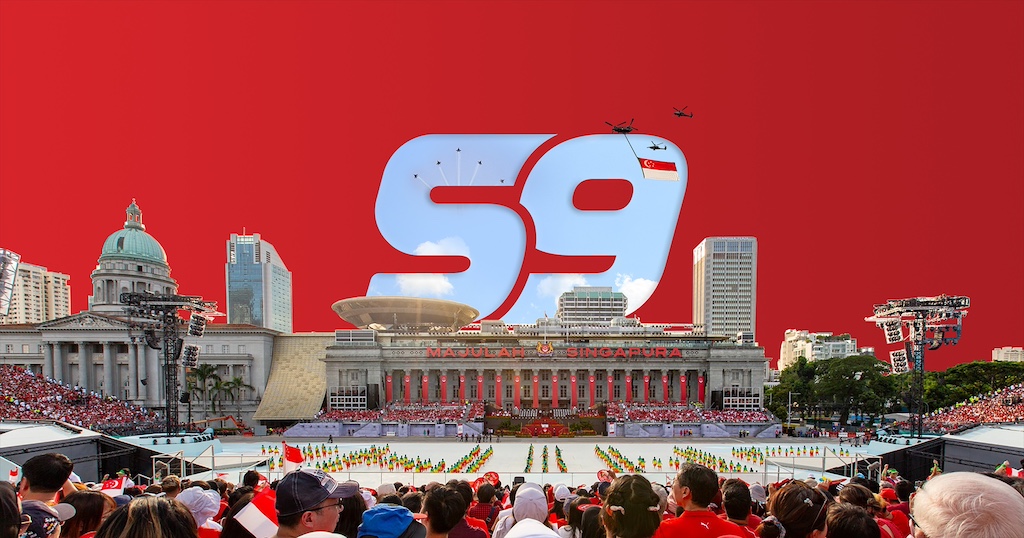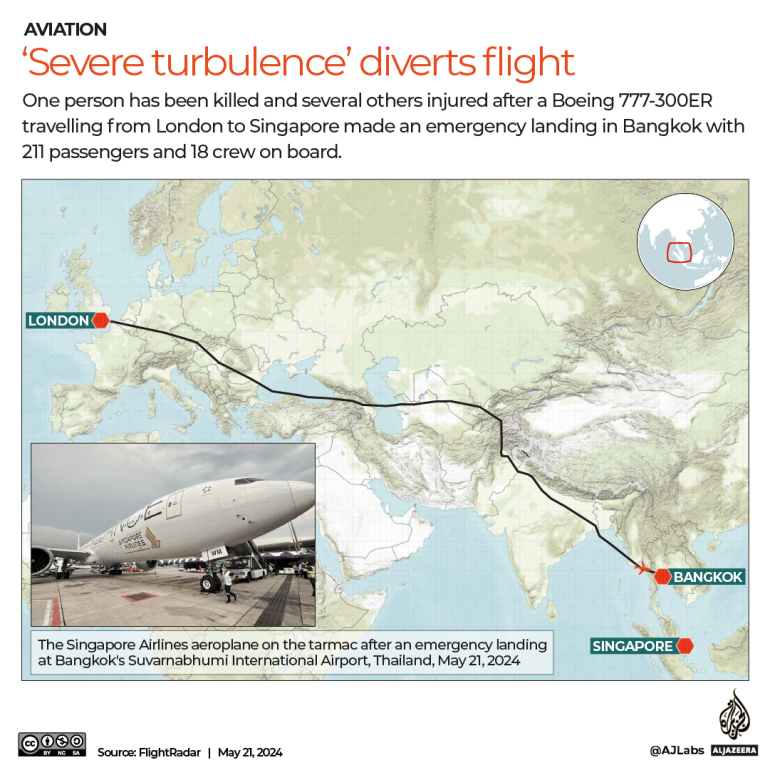Singapore’s first offshore landfill – Semakau Landfill celebrated its 20th Anniversary last 10 December 2019, commemorating its history and heritage as well as honouring the pioneer engineers behind this engineering feat. The celebration today was graced by Guest of Honour, Dr Amy Khor, Senior Minister of State for the Environment and Water Resources. Given the crucial role that Semakau landfill plays in Singapore’s waste management and reflecting the shared responsibility of multi-sectoral stakeholders in mission of extending Semakau’s lifespan, nature and community groups, environmentally-active individuals as well as current tenants of the Semakau were also invited to join Dr Khor on the landfill tour.

During the commemorative event, guests, including two pioneers who played crucial roles in developing the offshore landfill in its early days, were treated to a photo montage featuring the various milestones of Semakau Landfill and achievements of the pioneer engineers over the years, from when it first began operations in 1999, to being the icon of Singapore’s sustainable waste management today. Dr Khor also led a cake-cutting ceremony to celebrate the 20-year milestone, before joining other guests on a tour around the landfill. Participation at the event reflected Singapore’s collaborative approach in our zero-waste efforts with nature groups, community groups, current tenants on Semakau Landfill, as well as environmentally-active individuals invited to join Dr Khor on the landfill tour. This reinforces the idea that extending the lifespan of Semakau Landfill is a shared responsibility and would require a combined effort from various stakeholders.
Throughout the last 20 years, Semakau Landfill has demonstrated Singapore’s long range thinking, innovative environmental policies and strong engineering capabilities. This first-of-its-kind landfill is created entirely from the sea space between two offshore islands – Pulau Semakau and Pulau Sakeng – some 8km south of Singapore. This was the nation’s solution as Lorong Halus, the last inland dumping ground, reached maximum capacity in the 1990s. During the construction of Semakau Landfill, measures were taken to ensure that the area’s biodiversity was conserved. This included the relocation of 700 colonies of corals, as well as the replanting of about 13.6 hectares of mangroves to replace those affected by the construction of the landfill.
Phase I of Semakau Landfill opened on 1 April 1999 with a landfill capacity of 13.6 million cubic metres, while Phase II opened 16 years later on 11 July 2015 with a landfill capacity of 14.5 million cubic metres. The development of the two phases over the years showcased Singapore’s ingenuity and engineering excellence in creating pragmatic solutions to not only meet the nation’s waste disposal needs, but also promote long-term environmental sustainability. 20 years later, it is evident that landfill activities on Semakau have not affected the environment as thriving coral colonies have been discovered and endangered birds spotted, amidst the presence of close to 300 species of resident plants, birds, insects, fishes and other marine creatures around Semakau Landfill.
Dr Amy Khor, Senior Minister of State for the Environment and Water Resources said, “Semakau Landfill – our only landfill – has served Singapore well for the past 20 years. To ensure it can continue to do so for as long as possible, let us all work together to reduce the waste sent to Semakau Landfill by 30 per cent by 2030. Reduce, Reuse and Recycle Right, and pursue zero waste. Every action counts.”
Mr Ram Bhaskar, Deputy Chief Executive Officer of NEA said, “With about 2,100 tonnes of waste ending up at Semakau Landfill on a daily basis, everyone has a role to play in the next lap of Semakau Landfill’s development, where a key mission is to extend its lifespan beyond 2035. The participation of the community at this 20th anniversary event reflects this collective responsibility and our common mission to ensure that Semakau Landfill remains in operation for as long as possible. We, in NEA, call on everyone to help us write the next chapter of our sustainable waste management story, to work towards Singapore becoming a zero waste nation for the benefit of our future generations.”
Last month, NEA won the 2019 Hassib J. Sabbagh Award for Engineering Construction Excellence, by the World Federation of Engineering Organizations (WFEO) for the development of Semakau Landfill. The prestigious international award recognised Semakau Landfill as a model for engineering excellence and sustainable urban development.
Factsheet on Semakau Landfill
Semakau Landfill was formed by joining two smaller islands – Pulau Semakau and Pulau Sakeng – with a 7km perimeter bund enclosing part of the sea in between. Semakau Landfill is the first man-made offshore landfill in the region that is created entirely out of sea space. The bund is lined with an impermeable membrane and a layer of marine clay, ensuring that leachate from the waste is contained within the landfill and does not pollute the sea. Ancillary facilities like generators, a fire pump house, and a water storage tank were built to ensure that the landfill operation remained self-sustainable.
- Year Built: 1999 (20 years)
- Phase I: Opened on 1 April 1999. Landfill capacity of 13.6 million cubic metres.
- Phase II: Opened on 11 July 2015. Landfill capacity of 14.5 million cubic metres.
- Location: 8km South of Singapore
The waste disposal process:
1) Waste that is thrown down the rubbish chute is collected by waste collectors and transported to four waste-to-energy plants – Tuas, Senoko, Tuas South and Keppel Seghers Tuas.
2) The refuse trucks tip their waste load into a bunker where crane operators mix the waste to ensure the composition is homogenous, before feeding the waste into the incinerators. The incineration process reduces the volume of waste by up to 90 per cent. The heat produced is harnessed to produce electricity, which is fed into the national grid.
3) The flue gas produced during the incineration process is filtered to remove particulates, harmful acidic gases, dioxins and furans before it is released into the environment through chimneys.
4) Ferrous metal and non-ferrous metal as small as 2mm, like copper and aluminium are recovered from incinerated bottom ash at the metal recovery facility using magnetic and eddy current separators.
5) The remaining ash and non-incinerable waste are transported to Tuas Marine Transfer Station.
6) A tugboat nudges a barge which takes the waste on a 33.3km journey to the Transfer Building at Semakau Landfill.
7) Large excavators with specially designed grabs are used to unload the waste from the barge onto 35-tonne dump trucks.
8) The dump trucks take the incineration ash to the Floating Platform, where it is discharged into the Phase II cell to make uneven seabed shallow and level – a condition that will allow conventional landfilling using bulldozers, excavators and compactors to take place at a later stage of landfilling.
Studies are underway to turn incineration ash into construction material called “NEWSand”. The plan is to use it in non-structural construction such as road base/sub-base materials or aggregates in non-structural concrete.



Interesting Facts & Figures:
| 13.6 hectares | The size of the mangrove that was replanted to replace those affected by the landfill construction. |
| 33.3 km | The distance that waste travels from Tuas Marine Transfer Station to the Transfer Building at Semakau Landfill. |
| 80 | The number of species of birds that have been spotted on Semakau Landfill and Pulau Semakau, including endangered species. |
| 350 hectares | The size of the entire Semakau Landfill. |
| 700 | The number of colonies of corals that was harvested and transplanted to Sisters’ Island during the development of Phase II. |
| 2,035 | The year that Semakau Landfill is expected to be filled up. |
| 2,100 tonnes | The amount of waste sent to Semakau Landfill daily. It comprises of 600 tonnes of non-incinerable waste and 1,500 tonnes of incineration ash. |
| 700,000 tonnes | The amount of incineration ash and non-incinerable waste that was sent to Semakau Landfill every year. |
| 28 million cubic metres | The total capacity of waste that Semakau Landfill can hold. |
| $36 million | The amount that was spent to complete Phase II in 2015. |
| $610 million | The amount that was spent to complete Phase I in 1999. |











